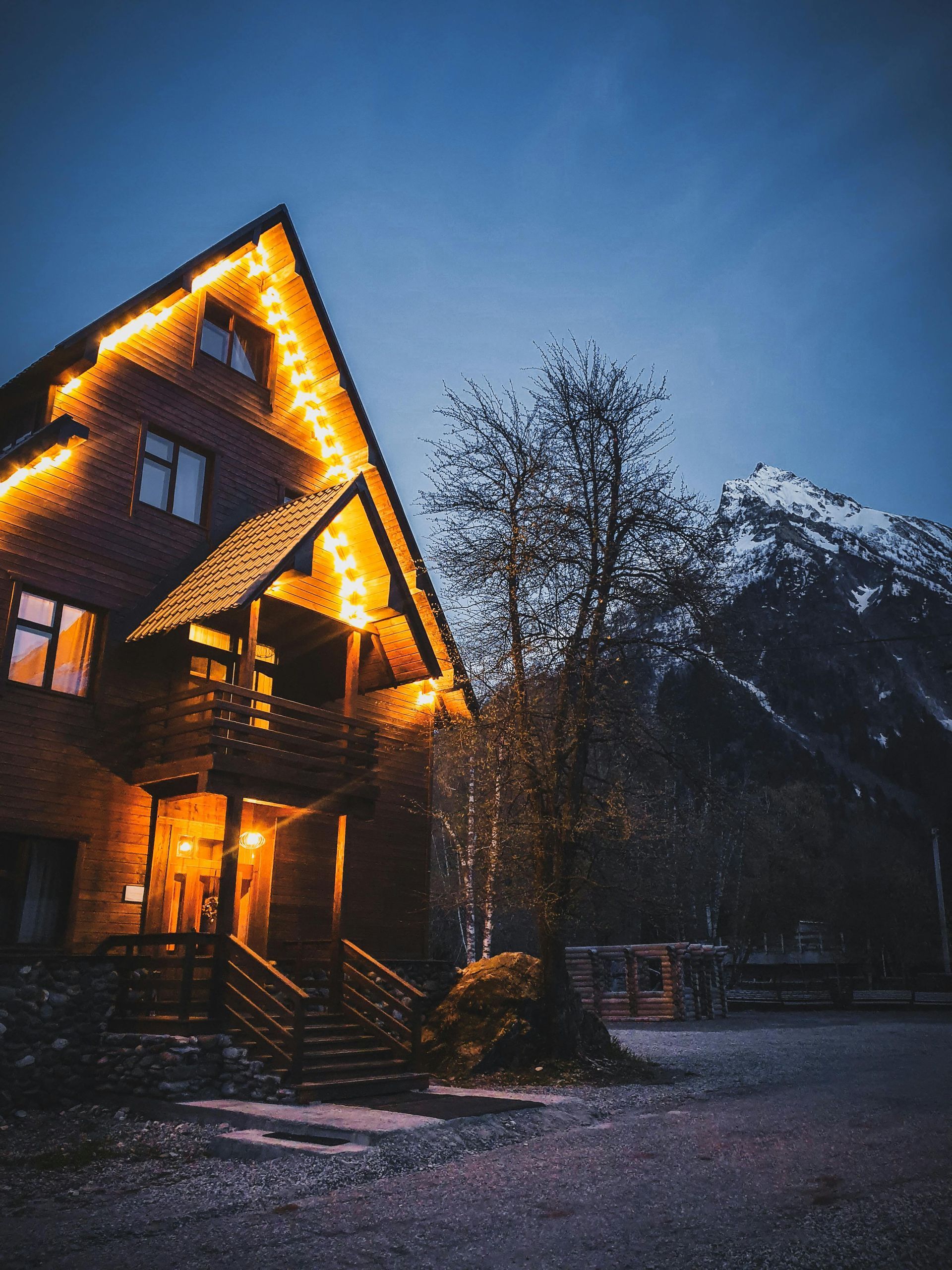The Hidden Health of Your Roof
The Hidden Health of Your Roof: Warning Signs Every Homeowner Should Know
As a homeowner, your roof is your first line of defense against the elements. But how can you tell if it's in good health? While many sources discuss obvious signs like missing shingles, there are subtle indicators that often go unnoticed. This article will explore the lesser-known warning signs of roof damage and provide you with the knowledge to maintain your home's protective crown.
The Age Factor
Most homeowners know that roofs have a lifespan, but many underestimate the impact of age on roof health. According to the National Association of Home Builders, the average lifespan of common roofing materials is:
- Asphalt shingles: 20-30 years
- Wood shingles: 30-50 years
- Metal roofing: 40-80 years
However, a study by the International Association of Certified Home Inspectors found that 80% of roofs are replaced prematurely. This suggests that many homeowners may be overlooking early warning signs or not maintaining their roofs properly.
The Hidden Dangers of Granule Loss
Granule loss from asphalt shingles is often overlooked. A study published in the Journal of Building Physics found that granule loss can increase the roof's surface temperature by up to 27°F (15°C). This not only affects your home's energy efficiency but can also accelerate shingle deterioration.
The Telling Signs in Your Attic
Many homeowners neglect to check their attics regularly. However, a survey by the Insurance Institute for Business & Home Safety revealed that 60% of roof damage is first detected from inside the home. Look for these often-missed signs:
- Light penetration through the roof boards
- Sagging roof deck
- Rusted nails or water stains around nails
The Silent Threat of Poor Ventilation
Proper attic ventilation is crucial for roof health, yet it's frequently overlooked. The U.S. Department of Energy states that inadequate ventilation can reduce shingle life by 10-20%. Signs of poor ventilation include:
- Excessive heat in the attic
- Ice dam formation in winter
- Mold or mildew growth
The Invisible Enemy: Ultraviolet Radiation
UV radiation is a silent destroyer of roofing materials. A study in the Journal of Materials in Civil Engineering found that UV exposure can reduce the tensile strength of asphalt shingles by up to 60% over 5000 hours of exposure. Signs of UV damage include:
- Cracking or splitting of shingles
- Curling edges
- Fading or discoloration
The Subtle Shift: Foundation Settlement
Foundation issues can indirectly affect your roof's health. The American Society of Civil Engineers reports that about 25% of all U.S. homes will experience some structural distress, with 5% suffering major structural problems. Signs that foundation issues are affecting your roof include:
- Uneven roof lines
- Cracks in interior walls, especially around doors and windows
- Doors and windows that stick or won't close properly
The Unseen Invaders: Pests
Pest infestations can severely compromise roof integrity. The National Pest Management Association estimates that termites alone cause over $5 billion in property damage annually. Look for these often-missed signs:
- Small holes in wooden structural elements
- Piles of sawdust-like material (frass) in the attic
- Unusual sounds in the attic or walls
The Chemical Culprit: Moss and Algae
While often considered merely cosmetic, moss and algae can cause significant damage. A study in the International Biodeterioration & Biodegradation journal found that biological growth can reduce the lifespan of roofing materials by up to 40%. Watch for:
- Green or black streaks on the roof
- Dampness or moisture retention in shingles
- Lifting or curling of shingles where growth is present
Conclusion:
Maintaining a healthy roof requires vigilance and attention to detail. By understanding these often-overlooked warning signs, you can catch potential issues early and extend the life of your roof.
For a professional assessment of your roof's health, consider reaching out to experienced contractors like Graduate Contracting. Their expertise can help identify subtle signs of damage and provide tailored solutions to keep your roof in top condition, ensuring your home remains protected for years to come.
Remember, when it comes to your roof, proactive care is always more cost-effective than reactive repairs. Stay informed, stay vigilant, and keep that roof over your head in peak health.


